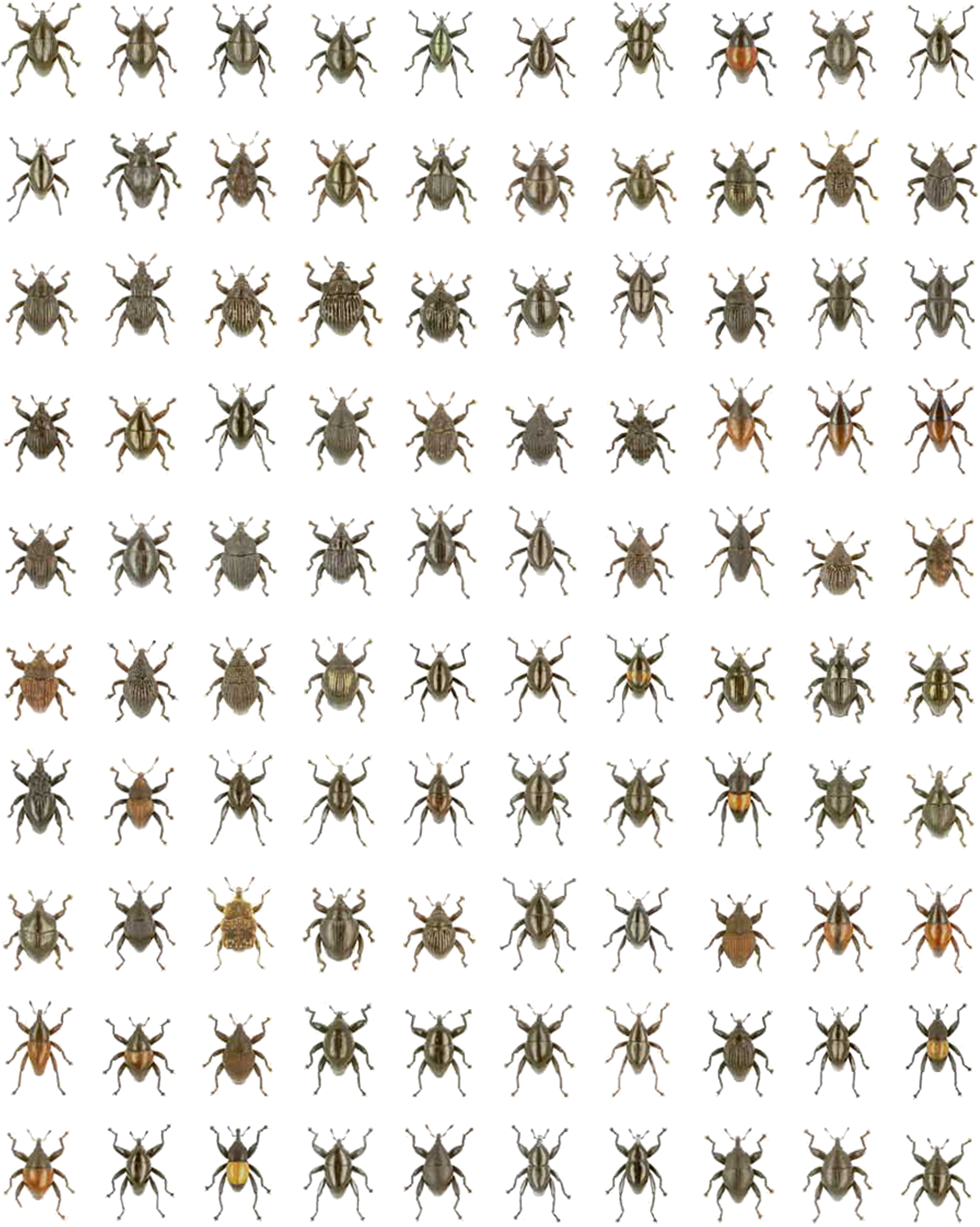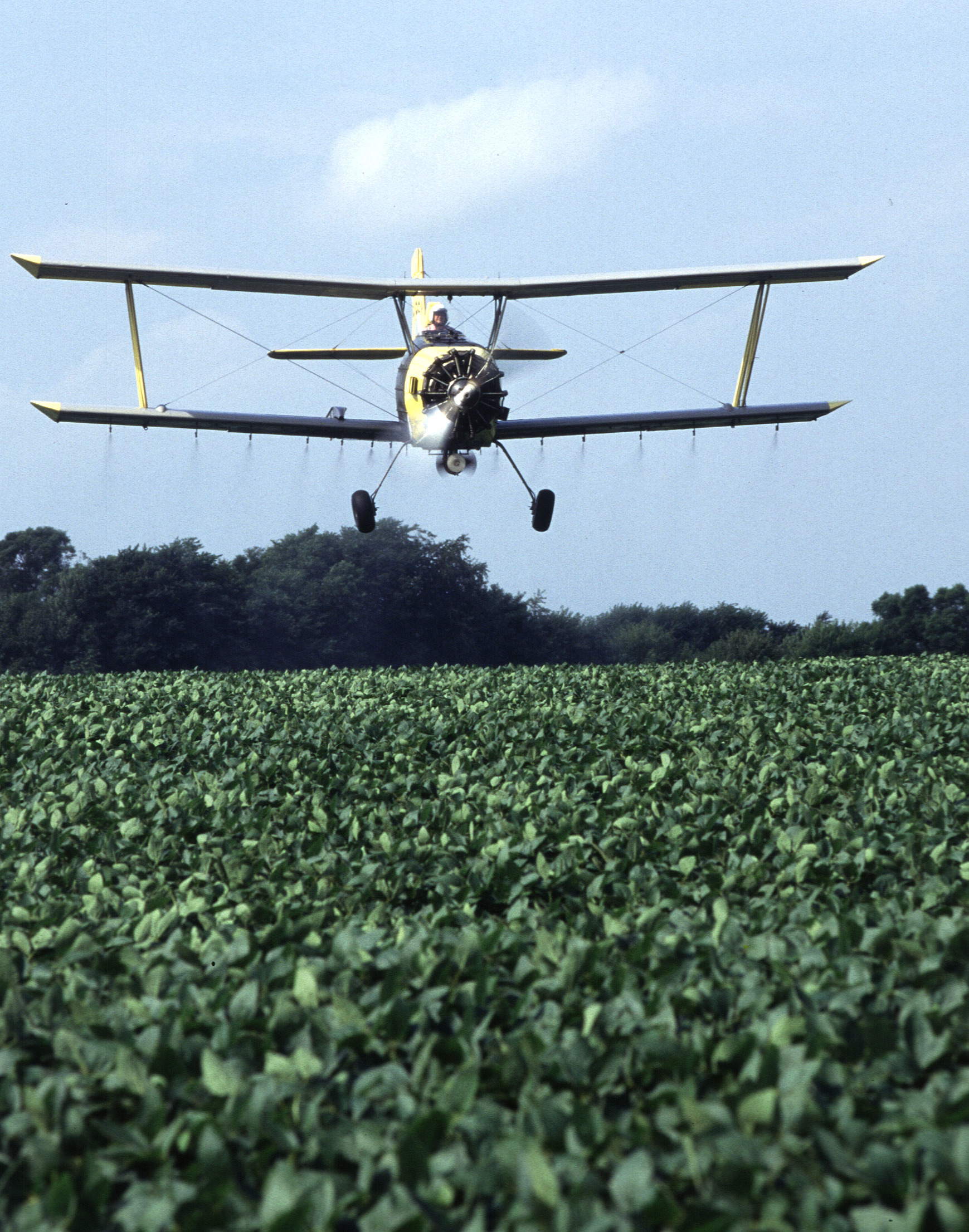|
Entomologia Generalis
''Entomologia Generalis'' is a peer-reviewed scientific journal covering general and applied entomology. Established in 1978 as ''Entomologica Germanica'' by German entomologist Wilhelm August Steffan, the journal publishes original research on insects and arthropod Arthropods ( ) are invertebrates in the phylum Arthropoda. They possess an arthropod exoskeleton, exoskeleton with a cuticle made of chitin, often Mineralization (biology), mineralised with calcium carbonate, a body with differentiated (Metam ...s in general. It particularly welcomes contributions examining "sustainable control strategies" of arthropod pests; beneficial arthropods; the impact of invasive pests; and the side effects of pest management. [...More Info...] [...Related Items...] OR: [Wikipedia] [Google] [Baidu] |
Entomology
Entomology (from Ancient Greek ἔντομον (''éntomon''), meaning "insect", and -logy from λόγος (''lógos''), meaning "study") is the branch of zoology that focuses on insects. Those who study entomology are known as entomologists. In the past, the term ''insect'' was less specific, and historically the definition of entomology would also include the study of animals in other arthropod groups, such as arachnids, myriapods, and crustaceans. The field is also referred to as insectology in American English, while in British English insectology implies the study of the relationships between insects and humans. Over 1.3million insect species have been described by entomology. History Entomology is rooted in nearly all human cultures from prehistoric times, primarily in the context of agriculture (especially biological control and beekeeping). The natural Roman philosopher Pliny the Elder (23–79 CE) wrote a book on the kinds of insects, while the scientist Grammarians ... [...More Info...] [...Related Items...] OR: [Wikipedia] [Google] [Baidu] |
Peer-reviewed
Peer review is the evaluation of work by one or more people with similar competencies as the producers of the work ( peers). It functions as a form of self-regulation by qualified members of a profession within the relevant field. Peer review methods are used to maintain quality standards, improve performance, and provide credibility. In academia, scholarly peer review is often used to determine an academic paper's suitability for publication. Peer review can be categorized by the type and by the field or profession in which the activity occurs, e.g., medical peer review. It can also be used as a teaching tool to help students improve writing assignments. Henry Oldenburg (1619–1677) was a German-born British philosopher who is seen as the 'father' of modern scientific peer review. It developed over the following centuries with, for example, the journal ''Nature'' making it standard practice in 1973. The term "peer review" was first used in the early 1970s. A monument to pe ... [...More Info...] [...Related Items...] OR: [Wikipedia] [Google] [Baidu] |
Scientific Journal
In academic publishing, a scientific journal is a periodical publication designed to further the progress of science by disseminating new research findings to the scientific community. These journals serve as a platform for researchers, scholars, and scientists to share their latest discoveries, insights, and methodologies across a multitude of scientific disciplines. Unlike professional or trade magazines, the articles are mostly written by scientists rather than staff writers employed by the journal. Scientific journals are characterized by their rigorous peer review process, which aims to ensure the validity, reliability, and quality of the published content. In peer review, submitted articles are reviewed by active scientists (peers) to ensure scientific rigor. With origins dating back to the 17th century, the publication of scientific journals has evolved significantly, advancing scientific knowledge, fostering academic discourse, and facilitating collaboration within ... [...More Info...] [...Related Items...] OR: [Wikipedia] [Google] [Baidu] |
Entomology
Entomology (from Ancient Greek ἔντομον (''éntomon''), meaning "insect", and -logy from λόγος (''lógos''), meaning "study") is the branch of zoology that focuses on insects. Those who study entomology are known as entomologists. In the past, the term ''insect'' was less specific, and historically the definition of entomology would also include the study of animals in other arthropod groups, such as arachnids, myriapods, and crustaceans. The field is also referred to as insectology in American English, while in British English insectology implies the study of the relationships between insects and humans. Over 1.3million insect species have been described by entomology. History Entomology is rooted in nearly all human cultures from prehistoric times, primarily in the context of agriculture (especially biological control and beekeeping). The natural Roman philosopher Pliny the Elder (23–79 CE) wrote a book on the kinds of insects, while the scientist Grammarians ... [...More Info...] [...Related Items...] OR: [Wikipedia] [Google] [Baidu] |
Insect
Insects (from Latin ') are Hexapoda, hexapod invertebrates of the class (biology), class Insecta. They are the largest group within the arthropod phylum. Insects have a chitinous exoskeleton, a three-part body (Insect morphology#Head, head, Thorax (insect anatomy), thorax and abdomen (insect anatomy), abdomen), three pairs of jointed Arthropod leg, legs, compound eyes, and a pair of antenna (biology), antennae. Insects are the most diverse group of animals, with more than a million described species; they represent more than half of all animal species. The insect nervous system consists of a insect brain, brain and a ventral nerve cord. Most insects reproduce Oviparous, by laying eggs. Insects Respiratory system of insects, breathe air through a system of Spiracle (arthropods), paired openings along their sides, connected to Trachea#Invertebrates, small tubes that take air directly to the tissues. The blood therefore does not carry oxygen; it is only partly contained in ves ... [...More Info...] [...Related Items...] OR: [Wikipedia] [Google] [Baidu] |
Arthropod
Arthropods ( ) are invertebrates in the phylum Arthropoda. They possess an arthropod exoskeleton, exoskeleton with a cuticle made of chitin, often Mineralization (biology), mineralised with calcium carbonate, a body with differentiated (Metamerism (biology), metameric) Segmentation (biology), segments, and paired jointed appendages. In order to keep growing, they must go through stages of moulting, a process by which they shed their exoskeleton to reveal a new one. They form an extremely diverse group of up to ten million species. Haemolymph is the analogue of blood for most arthropods. An arthropod has an open circulatory system, with a body cavity called a haemocoel through which haemolymph circulates to the interior Organ (anatomy), organs. Like their exteriors, the internal organs of arthropods are generally built of repeated segments. They have ladder-like nervous systems, with paired Anatomical terms of location#Dorsal and ventral, ventral Ventral nerve cord, nerve cord ... [...More Info...] [...Related Items...] OR: [Wikipedia] [Google] [Baidu] |
Pest (organism)
A pest is any organism harmful to humans or human concerns. The term is particularly used for creatures that damage crops, livestock, and forestry or cause a nuisance to people, especially in their homes. Humans have modified the environment for their own purposes and are intolerant of other creatures occupying the same space when their activities impact adversely on human objectives. Thus, an elephant is unobjectionable in its natural habitat but a pest when it tramples crops. Some animals are disliked because they bite or sting; wolves, snakes, wasps, ants, bed bugs, fleas and ticks belong in this category. Others enter the home; these include houseflies, which land on and contaminate food; beetles, which tunnel into the woodwork; and other animals that scuttle about on the floor at night, like rats and cockroaches, which are often associated with unsanitary conditions. Agricultural and horticultural crops are attacked by a wide variety of pests, the most important being ... [...More Info...] [...Related Items...] OR: [Wikipedia] [Google] [Baidu] |
Beneficial Insect
Beneficial insects (sometimes called beneficial bugs) are any of a number of species of insects that perform valued services like pollination and pest control. The concept of ''beneficial'' is subjective and only arises in light of desired outcomes from a human perspective. In agriculture, where the goal is to raise selected crops, insects that hinder the production process are classified as pests, while insects that assist production are considered beneficial. In horticulture and gardening, beneficial insects are often considered those that contribute to pest control and native habitat integration. Encouraging beneficial insects, by providing suitable living conditions, is a pest control strategy, often used in organic farming, organic gardening or integrated pest management. Companies specializing in biological pest control sell many types of beneficial insects, particularly for use in enclosed areas, like greenhouses. Types Some species of bee are beneficial as pollin ... [...More Info...] [...Related Items...] OR: [Wikipedia] [Google] [Baidu] |
Pest Management
Pest control is the regulation or management of a species defined as a pest; such as any animal, plant or fungus that impacts adversely on human activities or environment. The human response depends on the importance of the damage done and will range from tolerance, through deterrence and management, to attempts to completely eradicate the pest. Pest control measures may be performed as part of an integrated pest management strategy. In agriculture, pests are kept at bay by mechanical, cultural, chemical and biological means. Ploughing and cultivation of the soil before sowing mitigate the pest burden, and crop rotation helps to reduce the build-up of a certain pest species. Concern about environment means limiting the use of pesticides in favour of other methods. This can be achieved by monitoring the crop, only applying pesticides when necessary, and by growing varieties and crops which are resistant to pests. Where possible, biological means are used, encouraging the natur ... [...More Info...] [...Related Items...] OR: [Wikipedia] [Google] [Baidu] |
English-language Journals
English is a West Germanic language that developed in early medieval England and has since become a English as a lingua franca, global lingua franca. The namesake of the language is the Angles (tribe), Angles, one of the Germanic peoples that Anglo-Saxon settlement of Britain, migrated to Britain after its End of Roman rule in Britain, Roman occupiers left. English is the list of languages by total number of speakers, most spoken language in the world, primarily due to the global influences of the former British Empire (succeeded by the Commonwealth of Nations) and the United States. English is the list of languages by number of native speakers, third-most spoken native language, after Mandarin Chinese and Spanish language, Spanish; it is also the most widely learned second language in the world, with more second-language speakers than native speakers. English is either the official language or one of the official languages in list of countries and territories where English ... [...More Info...] [...Related Items...] OR: [Wikipedia] [Google] [Baidu] |
Entomology Journals And Magazines
Entomology (from Ancient Greek ἔντομον (''éntomon''), meaning "insect", and -logy from λόγος (''lógos''), meaning "study") is the branch of zoology that focuses on insects. Those who study entomology are known as entomologists. In the past, the term ''insect'' was less specific, and historically the definition of entomology would also include the study of animals in other arthropod groups, such as arachnids, myriapods, and crustaceans. The field is also referred to as insectology in American English, while in British English insectology implies the study of the relationships between insects and humans. Over 1.3million insect species have been described by entomology. History Entomology is rooted in nearly all human cultures from prehistoric times, primarily in the context of agriculture (especially biological control and beekeeping). The natural Roman philosopher Pliny the Elder (23–79 CE) wrote a book on the kinds of insects, while the scientist of Kufa, ... [...More Info...] [...Related Items...] OR: [Wikipedia] [Google] [Baidu] |
Hybrid Open Access Journals
A hybrid open-access journal is a subscription journal in which some of the articles are open access. This status typically requires the payment of a publication fee (also called an article processing charge or APC) to the publisher in order to publish an article open access, in addition to the continued payment of subscriptions to access all other content. Strictly speaking, the term "hybrid open-access journal" is incorrect, possibly misleading, as using the same logic such journals could also be called "hybrid subscription journals". Simply using the term "hybrid access journal" is accurate. Publishers that offer a hybrid open access option often use different names for it. The SHERPA/RoMEO site provides a list of publishers and the names of their options. The Open Access Directory provides a list of funds that support open access journals, and provides information about which funds will pay fees of hybrid open access journals. Origins The concept was first proposed in 19 ... [...More Info...] [...Related Items...] OR: [Wikipedia] [Google] [Baidu] |










